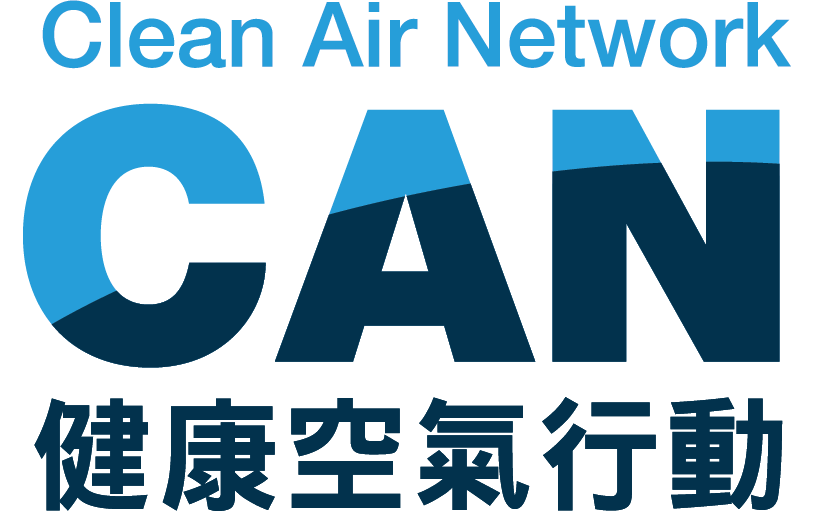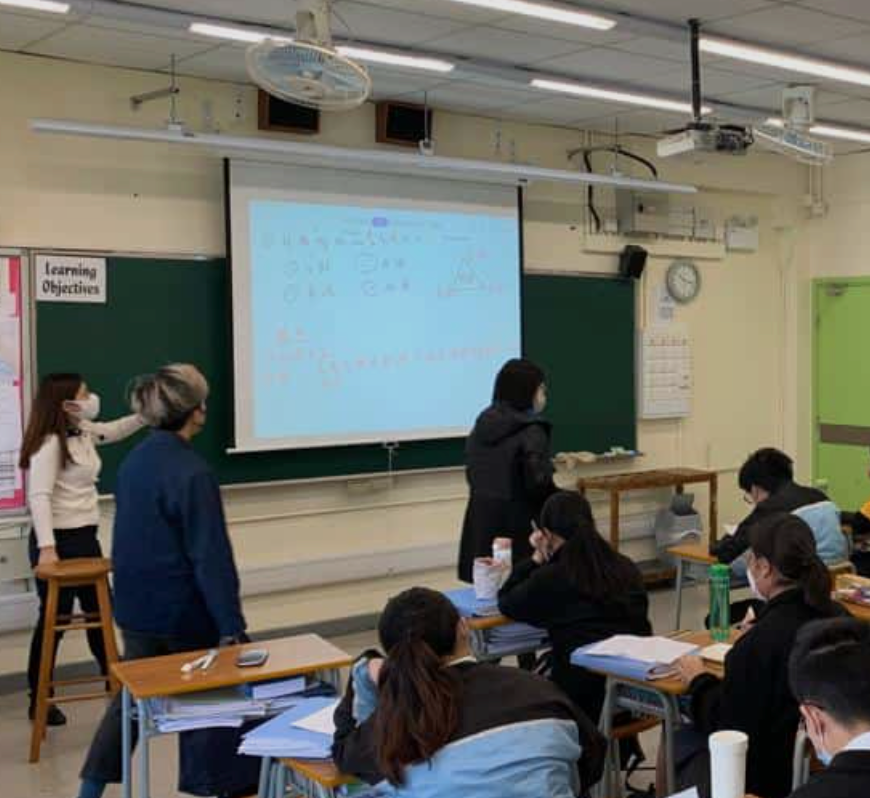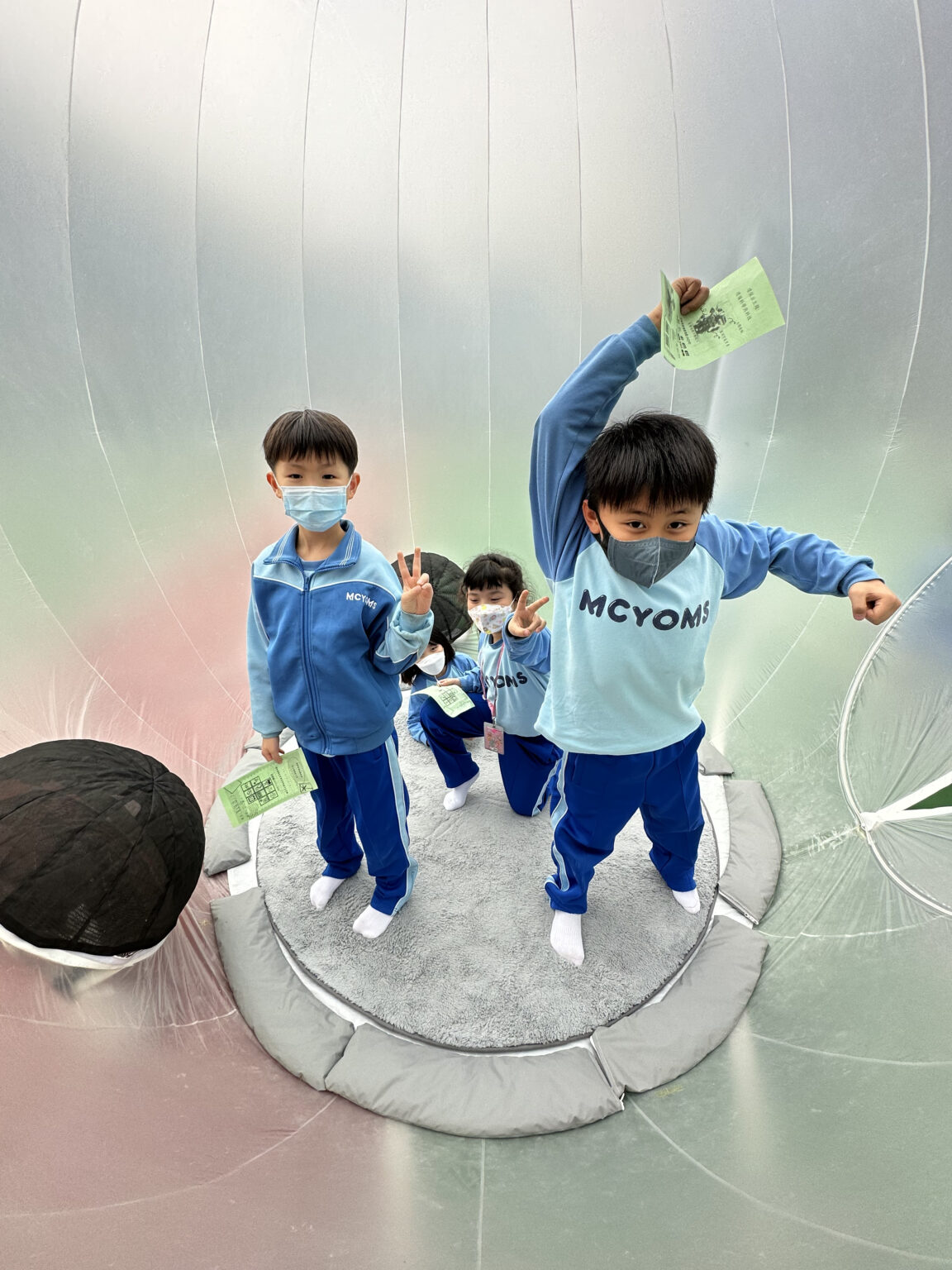
Every day we spend most of our time indoors – at home, schools, offices, transportation, etc. Indoor air quality (IAQ) is not only affecting our health, but also closely related to staff productivity and learning performance of students.
The global pandemic has changed how people live, work and study. It is possible that individuals are exposed to high levels of public health risks indoor due to various sources of air pollution without knowing.

Common pollutants that we are exposed to in indoor environments include CO2, CO, NO2, PM10, PM2.5, formaldehyde, ozone, volatile organic compounds, radon, and mould. Sources of pollutants include poor ventilation, inadequate cleaning, renovation work, building materials, furniture, photocopiers, cleaning products, pesticides, cooking, etc.
Exposure to indoor air pollutants could cause headache, sore throat, skin allergies, eyes and nose irritation, dizziness, fatigue, and asthma. Long-term exposure could even lead to respiratory diseases, heart disease, and cancer.
There are current regulations and guidance in Hong Kong which are related to indoor air quality, such as Building (Ventilating Systems) Regulations. Indoor Air Quality Objectives under the IAQ Certification Scheme for Offices and Public Places was established in 2003 and updated in 2019.
However, majority of building offices in Hong Kong are still lacking proper knowledge or resources to address potential risks due to indoor air pollution. Similar applies to schools and elderly centres in Hong Kong which put vulnerable groups under potentially high public health risks.
Children are especially susceptible to the health hazards of indoor air pollution. They breathe faster than adults and therefore inhale more pollutants. Also, as their bodies are still developing, pollutants will cause more damages to their physical, psychological and cognitive development. If they consequently develop chronic illnesses, they will suffer for the rest of their lives.
In fact, air pollution is not only a public health issue, but also a children’s rights issue. Article 24 of the United Nations Convention on the Rights of the Child states that children have the right to the enjoyment of the highest attainable standard of health. Maintaining good air quality is one of the best ways to ensure that children’s health is being protected.

Children spend a lot of time on campus each day, especially in indoor facilities such as classrooms. Good indoor air quality on campus has the following benefits for students and staff:

CAN’s project Clean Air Schools for Hong Kong is monitoring classroom air quality in eight local primary schools. Preliminary findings suggested that about 15% of the time, the PM2.5 concentration in classrooms exceeded WHO safe standards. Defined as a group 1 human carcinogen, PM2.5 can penetrate deep into our organs and enter the blood system. Exposure to them can cause heart disease, stroke, lung cancer, respiratory infections, and central nervous system diseases.
The project also found that the CO2 concentration in classrooms was consistently higher than 800 ppm, which arouses health concerns, during class time. CO2 concentration is related to ventilation of an indoor environment. If the classroom is not well ventilated, the CO2 concentration will increase as occupancy increases, causing drowsiness, headaches, dizziness and nausea, affecting students’ concentration and learning performance.
Currently, there is no legislation to regulate air quality in schools in Hong Kong. The EPD launched a set of Guidance Notes for the Management of IAQ in Schools in December 2022; however, it is voluntary in nature, without providing additional financial and professional support for schools to implement mitigation measures, as well as clear air quality standards for them to follow. Public education and promotion of the guidelines are also absent.
Internationally, South Korea is the first country to legally regulate indoor air quality in a variety of settings, including schools. In 2019, the School Health Act was amended to require all schools to install air purification equipment and real-time PM2.5 sensor in every classroom. The law also stipulates that air quality standards in schools can only be tightened, not relaxed. Schools also have the most stringent standards among all regulated premises.
CAN believes that schools should have the best air quality to protect the well-being of our next generation, and also our future. Through data collection, research, engagement with stakeholders, we are gaining a deeper understanding of the issue, with the ultimate goal of actualizing the following policy changes: